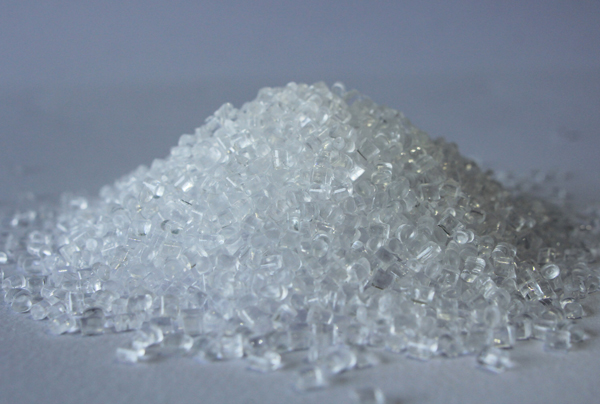Due to the advantages of light weight, good toughness, easy molding, and low cost, plastics are increasingly used to replace glass in modern industrial and daily products, especially in the optical instrument and packaging industries. Development is particularly rapid.
1. The types of transparent plastic materials commonly used in the market are polymethyl methacrylate (acrylic or plexiglass PMMA plastic), polycarbonate (PC plastic), polyethylene terephthalate (PET), transparent nylon, AS (acrylonitrile-styrene copolymer), etc., of which we are most exposed are PMMA, PC and AS plastics.
Second, the performance of transparent plastic: transparent plastic must first have high transparency, followed by a certain degree of strength and wear resistance, can withstand impact, heat resistance, chemical resistance, water absorption is small, only in this way In use, the performance is stable and meets the requirements of transparency.
Third, seven transparent areas of application areas:
(1) Commodity materials: Transparent film: PE, PP, PS, PVC and PET for packaging, agricultural PE, PVC and PET; transparent sheet: PP, PVC, PET, PMMA and PC; transparent tube Class: PVC, PA, etc.; Transparent bottles: PVC, PET, PP, PS and PC.
(2) Lighting equipment materials: mainly used as lampshades, commonly used PS, modified PS, AS, PMMA and PC.
(3) Optical instrument materials: hard mirror body: mainly used CR-39 and J.D; contact lens: commonly used HEMA.
(4) Glass material: traffic glass: commonly used PMMA and PC; architectural glass: commonly used PVF and PET.
(5) Solar materials: commonly used PMMA, PC, GF-UP, FEP, PVF and SI.
(6) Optical fiber material: The core layer is made of PMMA or PC, and the coating layer is a fluorine-containing olefin polymer and fluorine-containing methyl methacrylate.
(7) Optical disc material: commonly used PC, PMMA. PMMA, FEP, EVA, EMA, PVB, etc., which are hardened on the surface of the transparent encapsulant.


